
A comprehensive guide to technology ethics for your business
This guide covers how the international standards addressing technology ethics and bias in auditing affect organizational tech use.

This guide covers how the international standards addressing technology ethics and bias in auditing affect organizational tech use.
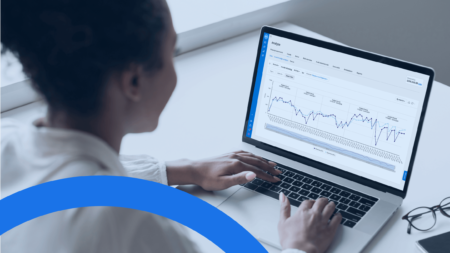
Read to discover a quick and efficient approach to identifying embedded leases using MindBridge risk analytics
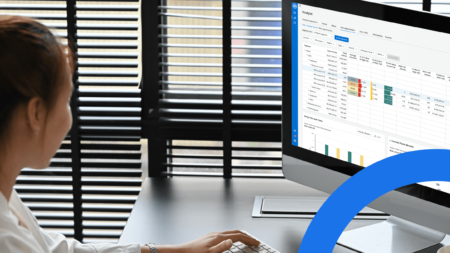
Explore how the MindBridge API can be implemented, and sample business use cases
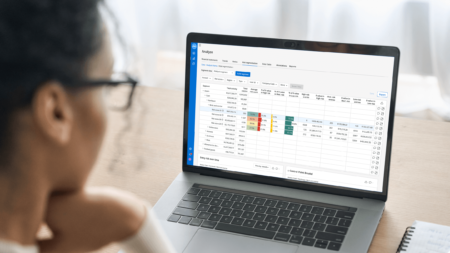
Crossover to clarity | Mindbridge’s new release delivers API support, expanded ratio capabilities, and platform enhancements

As the complexity of data analysis increases, preemptive vs. reactionary capabilities become paramount. Data anomaly detection can help.
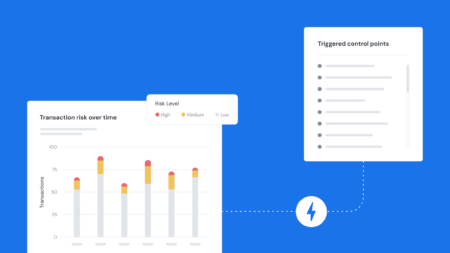
Anomaly detection is critical for making the most of audits. Here’s how to use anomaly detection to identify risks and get the best outcomes.
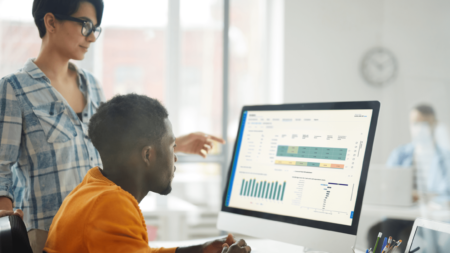
Human-centric AI for anomaly detection is designed to use human input to help support and scale financial risk discovery objectives.
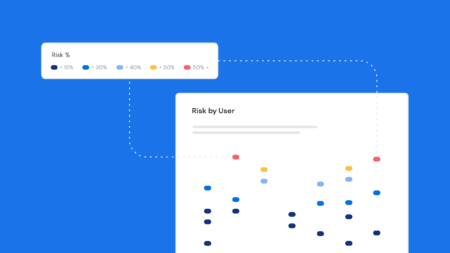
Anomaly detection is a powerful technique for detecting fraudulent transactions and behaviors, thanks to financial institutions’ ever-increasing amounts of data.

MindBridge’s Chief Technology Officer, Robin Grosset, and VP of Analytics and Data Science, Rachel Kirkham, hosted a virtual webinar on “Explainable AI, transparency, and trust.” The main focus of this webinar was to explore how business and audit professionals can rely on AI-produced data analytics results to make better decisions.
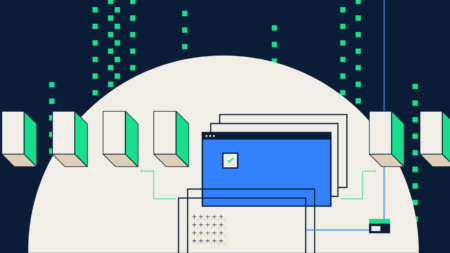
The explosion of remote work is one of the biggest shifts to come out of the COVID-19 pandemic. Social distancing rules and concerns of employee safety have forced many to settle into working from home. But what does that mean for the future of remote audit, and for the auditing software that makes it possible?
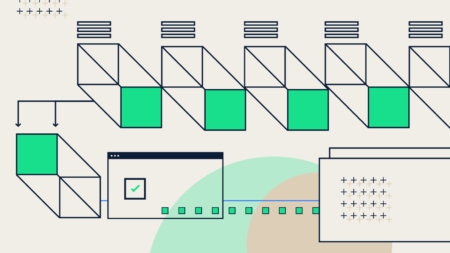
Does your audit methodology need a facelift? When most people think of an auditor, they picture someone working away on a calculator with a gigantic stack of paper beside them. Invoices, transactional documents, payroll documents, let your imagination run wild. The point is, there’s always a stack of paper, albeit some have started to become

The audit industry has seen a bit of a shakeup in the past few years. New technologies, regulator crackdowns, big firms acquiring and merging, and a general push for improved processes and a review of age-old standards are all signs of new things on the horizon for our industry. But while there was a lot